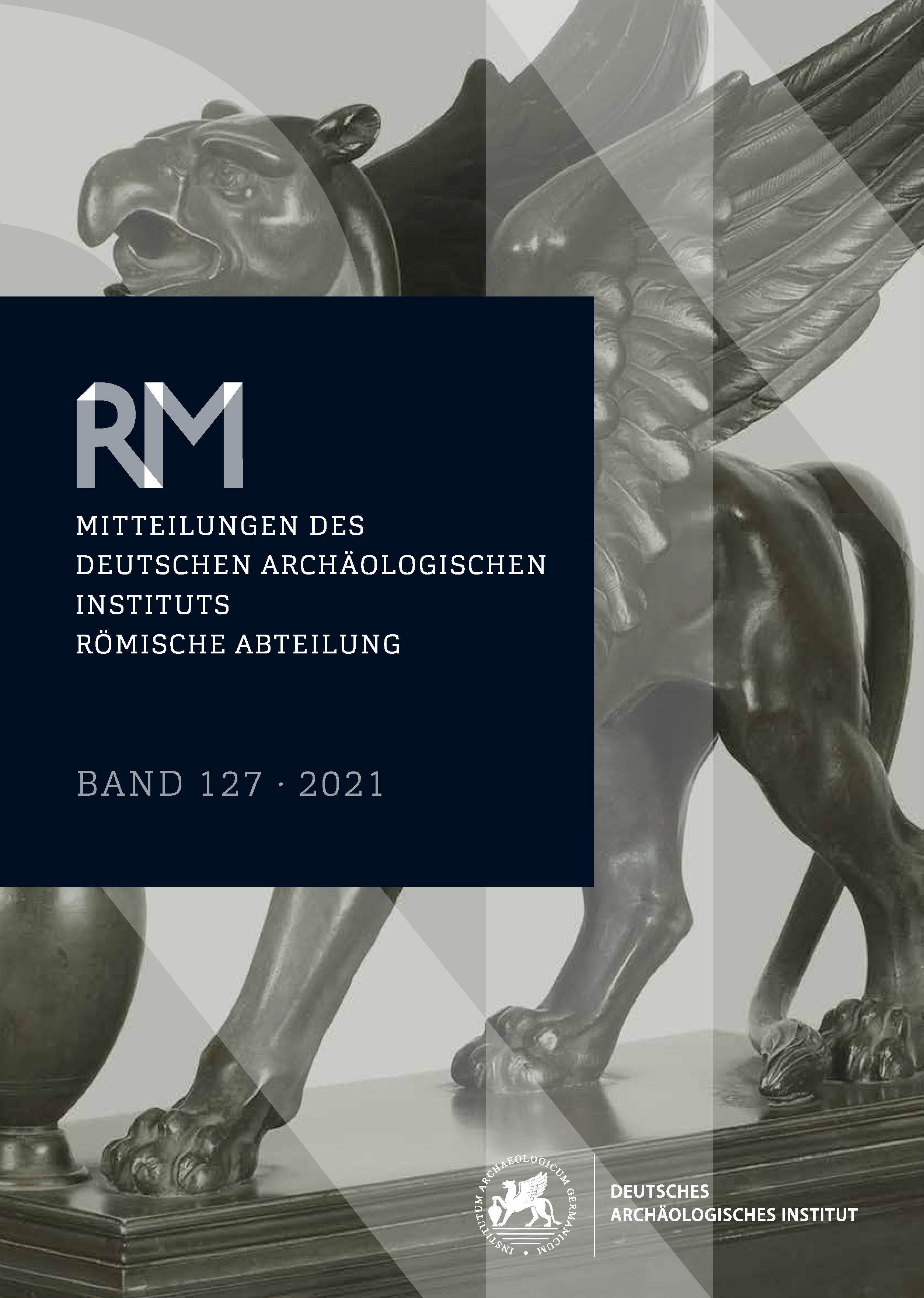Die Halltstattkulturen und Italien während der älteren Eisenzeit
https://doi.org/10.34780/x60c-xp66
Abstract
Through the discovery of luxury bronze vessels of Etruscan and in lesser numbers of Greek origin, scholarship had already realized around the middle of the 19th century that there must exist cultural contacts between the Mediterranean civilisations and the Celtic world in western Central Europe. Subsequent studies verified that the different groups comprising the Hallstatt culture were cross linked with the cultures in Upper and Central Italy; and that it was not only the Etruscans who involved their products in this exchange of goods, but also the Upper Italian cultures and the Picenes in eastern Central Italy, who both trafficked their products into Central Europe. It is noticeable that in the region northwest of the Alps it is mainly dress accessories and bronze vessels, which belong to sympotic activities for drinking wine, that were adopted. In contrast in the Eastern Hallstatt area weapons too were taken up. Not only luxury goods were involved, but also simple objects like fibulae, which made a much deeper impact in Central Europe. The adoption of early fibula-types and of figural art on metal vessels in the Alps and in Slovenia shows that the people in this area were earlier disposed to integrate southern influences in their own cultures, just as happened in the region north of the Alps. Here though the inhabitants in the 8th and 7th centuries BC were slower at accepting these innovations; only a little before 600 BC did they adopt the fibula-requiring costume in the upper Italian and inner alpine fashion. In the case of the figural art, the culture groups north of the Alps were much more conservative; not until the beginning of the La Tène-period in the 5th century BC did they accept something of figural art. In all these cases no "Mediterranization" of the central European cultures ever took place, but rather the contacts and the acquisition of prestige goods from the south promoted the development of powerful local elites, as we have recognized them in Styria, in south-western Germany and north-eastern France.
Schlagwörter:
Hallstatt Period, Hallstatt Cultures, Cultural Contacts, Intercultural Exchange, Imported Objects





